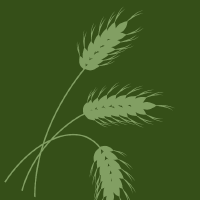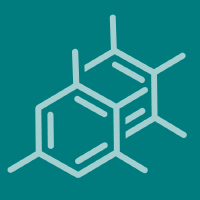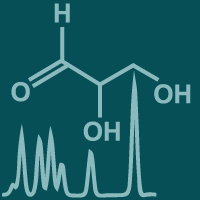Topic Menu
► Topic MenuTopic Editors



Natural Products in Crop Pest Management
Topic Information
Dear Colleagues,
The significant enhancement in crop yields over the years has been facilitated, in part, by the use of chemicals for pest control. However, as the global population continues to grow in the coming decades and resistance to conventional pesticides persists, there is an ongoing demand for the discovery of new lead compounds. Natural products (NPs) are secondary metabolites isolated from living organisms and can be originated from plant, microbial, or animal origins. Due to their abundant biodiversity and environmentally friendly characteristics, NPs are being increasingly explored and developed. This is evident in the numerous NP-based crop protection compounds that have emerged.
In the context of this Topic, our focus will be on the isolation and characterization bioactive NPs from plants or microorganisms, synthetic compounds inspired by NPs, semi-synthetic chemicals derived from NPs, and the assessment of their biological activities for potential applications in crop protection.
We invite the submission of research articles, review articles, and short communications.
Prof. Dr. Yiming Wang
Dr. Danyu Shen
Dr. Wei Yan
Topic Editors
Keywords
- natural products
- bioactive metabolites
- structural elucidation
- biological evaluation
- synthesis
- semi-synthetic compounds
- pesticide
- crop protection
Participating Journals
| Journal Name | Impact Factor | CiteScore | Launched Year | First Decision (median) | APC | |
|---|---|---|---|---|---|---|

Agrochemicals
|
- | - | 2022 | 16.7 Days | CHF 1000 | Submit |

Agronomy
|
3.3 | 6.2 | 2011 | 17.6 Days | CHF 2600 | Submit |

Molecules
|
4.2 | 7.4 | 1996 | 15.1 Days | CHF 2700 | Submit |

Plants
|
4.0 | 6.5 | 2012 | 18.9 Days | CHF 2700 | Submit |

Microorganisms
|
4.1 | 7.4 | 2013 | 11.7 Days | CHF 2700 | Submit |

Metabolites
|
3.5 | 5.7 | 2011 | 16.1 Days | CHF 2700 | Submit |

MDPI Topics is cooperating with Preprints.org and has built a direct connection between MDPI journals and Preprints.org. Authors are encouraged to enjoy the benefits by posting a preprint at Preprints.org prior to publication:
- Immediately share your ideas ahead of publication and establish your research priority;
- Protect your idea from being stolen with this time-stamped preprint article;
- Enhance the exposure and impact of your research;
- Receive feedback from your peers in advance;
- Have it indexed in Web of Science (Preprint Citation Index), Google Scholar, Crossref, SHARE, PrePubMed, Scilit and Europe PMC.

